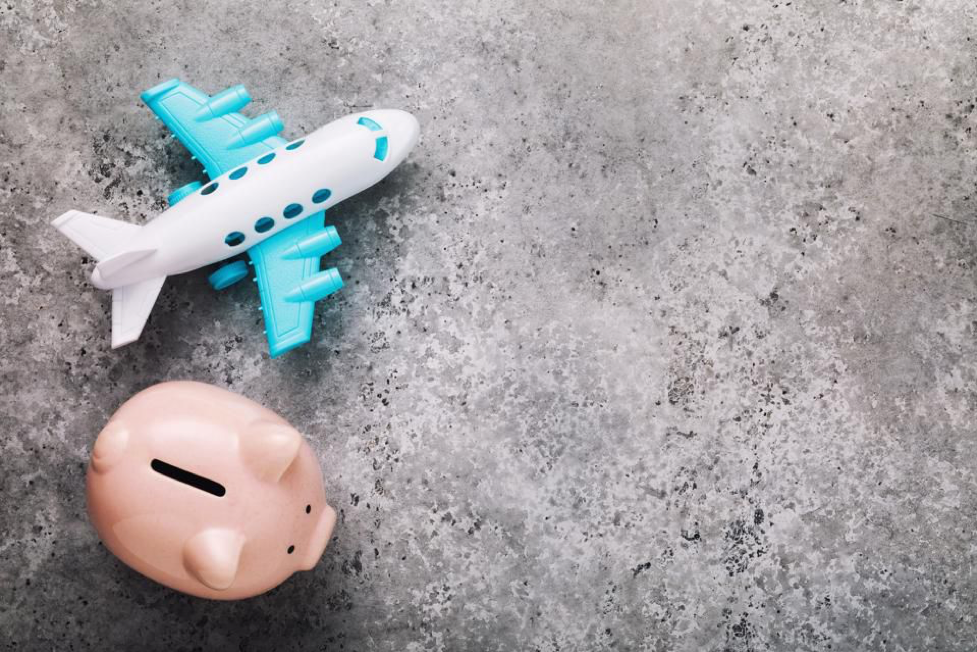There’s no magic formula that fits all situations. But here are 14 suggestions to help you find the best price on airfare.

With vaccinations starting to happen, it’s not too soon to start thinking about traveling later this year. Here are fourteen suggestions to help you find the best price on airfare.
1. DO subscribe to airfare deal websites.
I check Airfare Spot, Secret Flying, and Scott’s Cheap Flights every day. Thanks to them, I’ve scored a $300 round-trip to Spain, a $239 roundtrip to New Zealand, and a $900 round trip in business class to Japan.
The way the sites work is simple: After entering your email, you’ll receive a daily newsletter alerting you to dirt-cheap fares. You can also follow them on Facebook and Twitter, and check their websites directly.
In addition to price, you’ll told suggested travel dates, which airlines and airports are showing the fare, and an estimate how long the fare should last. Scott’s also provides search terms for Google Flights to help you find the deal yourself. If you decide to purchase a ticket, all three sites provide booking links to Momondo, Priceline, or other OTAs.
All three sites are free, with Scott’s offering a premium version for $39 a year. This gets you access to a larger number of deals, plus the ability to customize search results to show only flights from airports you select.
The deals sometimes last only hours or even minutes, so you have to be prepared to act fast. (I’m still kicking myself over hesitating to pull the trigger on the $700 roundtrip in business class from Vancouver to Sydney!) Remember that as long as you’re booking on a U.S. airline website or through a U.S. online travel agency, you’ll have a twenty-four hour cancellation window. (See Tip #8.) So book first, then figure out if you can go. If you can’t, you’ve got time to call and cancel.
2. DO search for tickets one at a time.
Airlines often sell multiple fare classes at different prices, with a couple seats available in each class. If there’s only one seat left in the lowest fare class and you search for two seats, most automated systems will present you with fares that are available for two passengers; i.e., the highest fare class for both tickets. So try searching for one at a time in case there are limited seats on sale.
This does put you on separate reservations. But at least one of your tickets will be purchased for the lowest possible price. If you lock in the cheap fare and have the option to select seats, pick one next to an empty seat. Then immediately book the second ticket and select the seat next to the first one. (You may also be able to simultaneously buy two tickets at the two prices using different browsers.)
3. DO search for flights midweek.
Airlines tend to launch their sales on Tuesdays and end them on Thursdays, so don’t limit your searches to the weekends. Advertised fare sales generally target the next two or three months of travel and have 14- to 21-day advance purchase requirements.
4. DON’T avoid flying on the actual holiday.
Changing your departure or return date by one day can save major cash. The biggest savings typically come with flying on Thanksgiving or Christmas Day. The exception is if you’re traveling over a three-day weekend around Labor Day or Memorial Day. Then everyone is looking to fly on the actual holiday, so that’s the perfect time to try and extend your trip by a day.
5. DO search for two one-way fares, even on different airlines.
While some airlines charge extra for a one-way fare, it can pay to compare. Just make sure to triple-check the dates, times and cities so you don’t book two tickets from, say, Seattle to LA. Not that this has happened to me. :/
6. DO try to fly at least one leg of your trip on a Tuesday, Wednesday, or Saturday.
Because planes are least full on these days of the week, these flights usually have the lowest fares. Side perk: Getting through airports is usually a breeze and the seat next to yours may be unoccupied.
7. DO consider booking a package.
If you need a hotel in addition to your flight, it may be cheaper to buy a flight-and-hotel package than to book each separately. Many hotels take this opportunity to hide a very aggressive discount within a packaged price versus discounting the hotel alone. This is a great opportunity to find deals at big brands that are hesitant to have a low price next to their name.
8. DO jump on a hot fare when you see it.
Know what tickets usually cost for your route. Comparison shop at Kayak.com or Hipmunk.com, sites that do the work of checking other airfare sites for you. If prices are below the norm, buy. If prices are higher than usual you probably want to wait, especially if you’re still more than a month away from travel.
Airlines are required by the Department of Transportation to offer 24-hour free hold or cancellations as long as you are booking your ticket seven days prior to your travel date. Typically you’ll have to pay first, then receive the full refund. This rule doesn’t apply if you book your ticket with an OTA (online travel agency) like Expedia or Orbitz, some of which have more liberal cancellation policies. At the time of writing, priceline.com allows risk-free cancellations until 11:29 p.m. eastern time the next business day. Orbitz, Expedia, and Travelocity aren’t quite as liberal, but you do have a window.
9. DON’T rule out alternate airports.
For example, JetBlue mainly flies to Long Beach instead of LAX—if you can fly into LGB, you might save as much as $50-$100 on the flight. Consider the same for Chicago, New York, the Bay Area, Dallas, Houston, South Florida, and Washington, D.C. Fly.com automatically notifies you of a lower fare from a nearby airport—just make sure the difference in parking or transportation to the airport is big enough to make the trip to an alternative airport worth it.
Also, look for fare wars to take advantage of in other cities. Compare the total cost (fare war price + cost to get to city where it originates) to buying a single ticket from your home market.
10. DO check Twitter and Facebook.
Follow your favorite airlines on social media. This gives you access to deals airlines can’t advertise directly. (Airlines must have a certain number of seats available at a sale price before they can advertise it.)
11. DO know when to be loyal and when to compare.
Keep loyal to a favorite airline to rack up frequent flier credit when it makes sense. Sometimes it’s worth it to book a slightly more expensive ticket if it will earn you miles. Many airline credit cards offer generous sign-up bonuses that are enough for a free flight, not to mention perks like priority boarding, free checked luggage, and more. But make an informed decision; compare all available fares before booking.
12. DON’T be afraid of the layover.
Even though a nonstop is ideal, you can sometimes save $100-$200 by stretching your legs during a plane change. Some airlines, like Icelandair, also offer free stopovers—meaning you can extend your stay in the layover city a day or more and then continue on your trip without paying extra.
13. DON’T shy away from off-peak or shoulder-season travel.
During months when destinations see a lower volume of visitors, they respond by lowering flight and hotel prices. For example: Don’t rule out Europe in winter. Flights are a bargain ($400+ less than what you’d pay in peak months; I’ve flown RT to Spain in winter for a total of $300). In addition to fewer crowds, is there anything more romantic than wandering centuries-old cobblestone streets while snowflakes fall from above? As Audrey Hepburn said, “Paris is always a good idea”—and that includes January!
14. DO calendar when to start looking.
In general, you should buy domestic flights one to three months out and international trips a little farther in advance. The cheapest fares for holiday travel get booked early. But don’t book until your plans are (relatively) firm.
Don’t purchase too early because $100 (or higher) change fees (per ticket) will pinch your travel budget. Don’t purchase too late because prices rise the closer the departure date is. Finally, don’t stress about the deal you could have gotten. Pounce when the deal is good enough.
Twist’s Take: Following even one of these suggestions will probably save you money. So why not try all fourteen?
